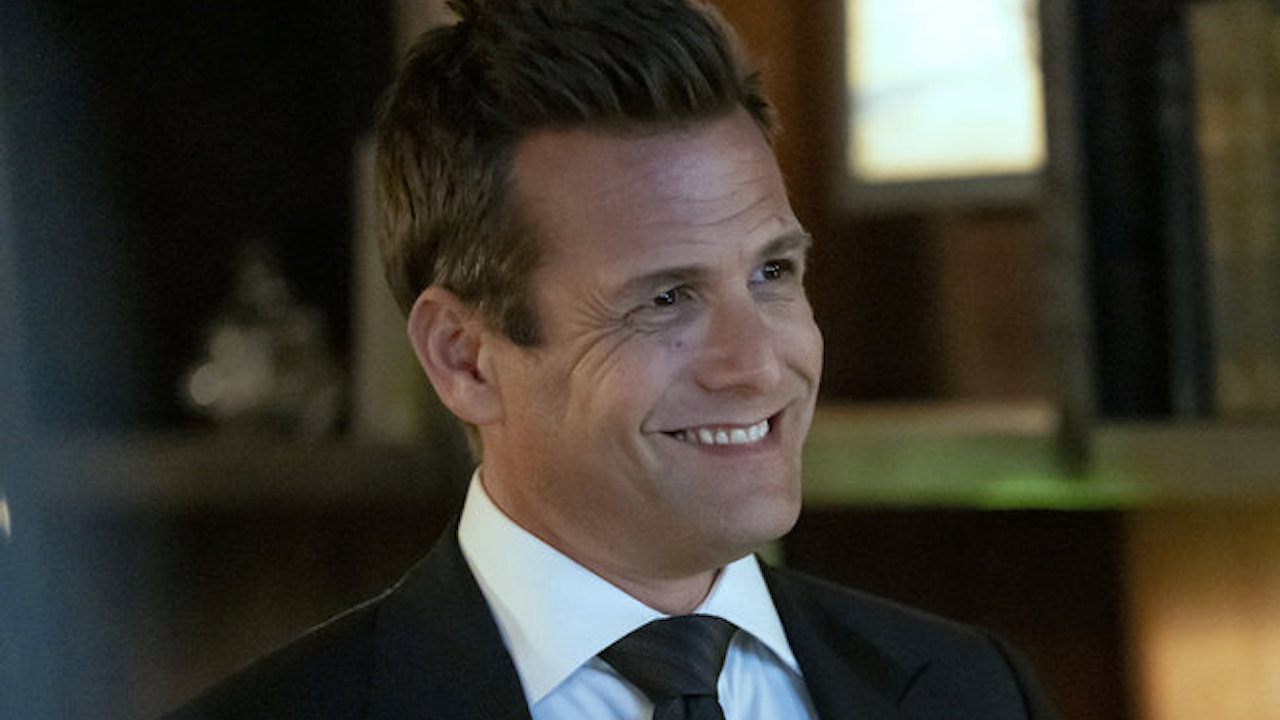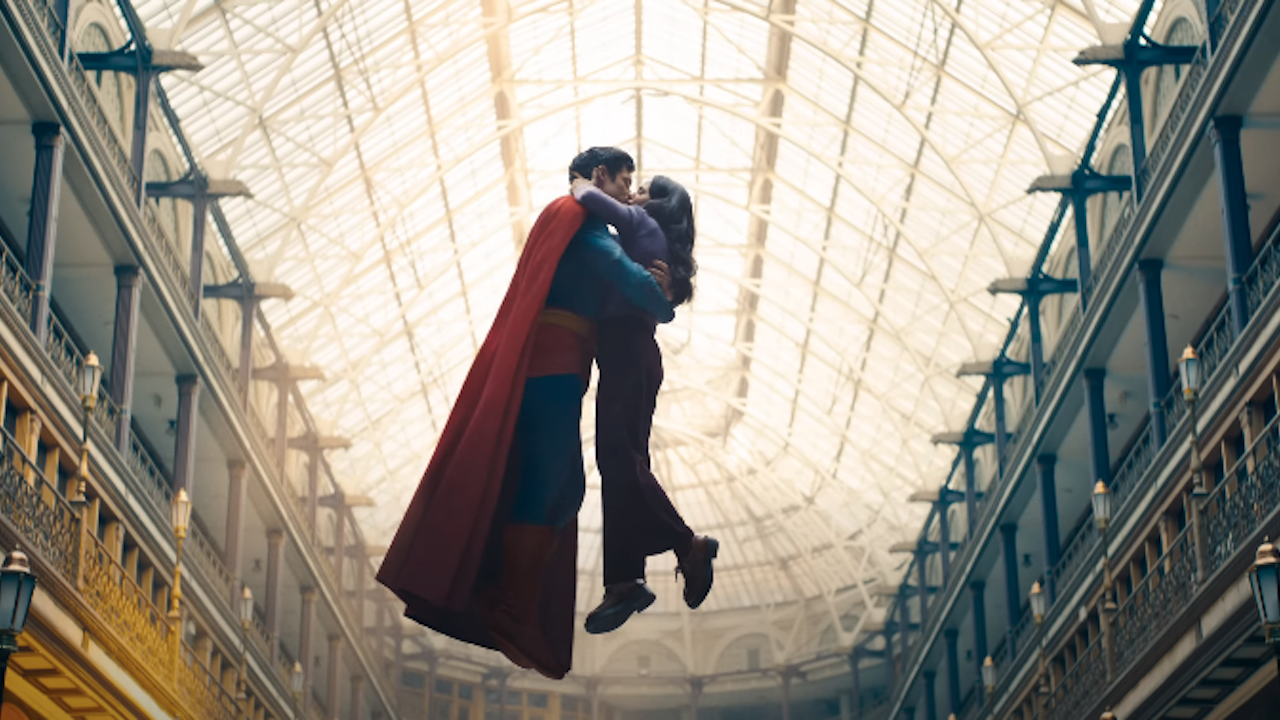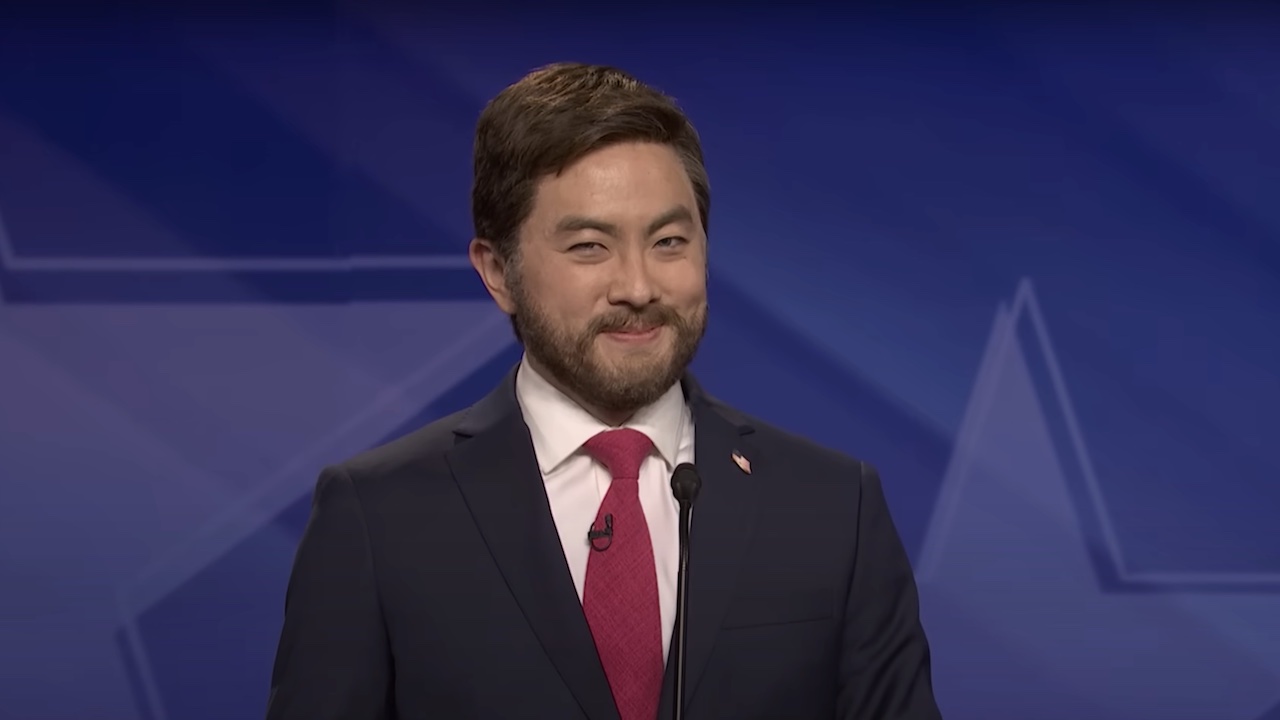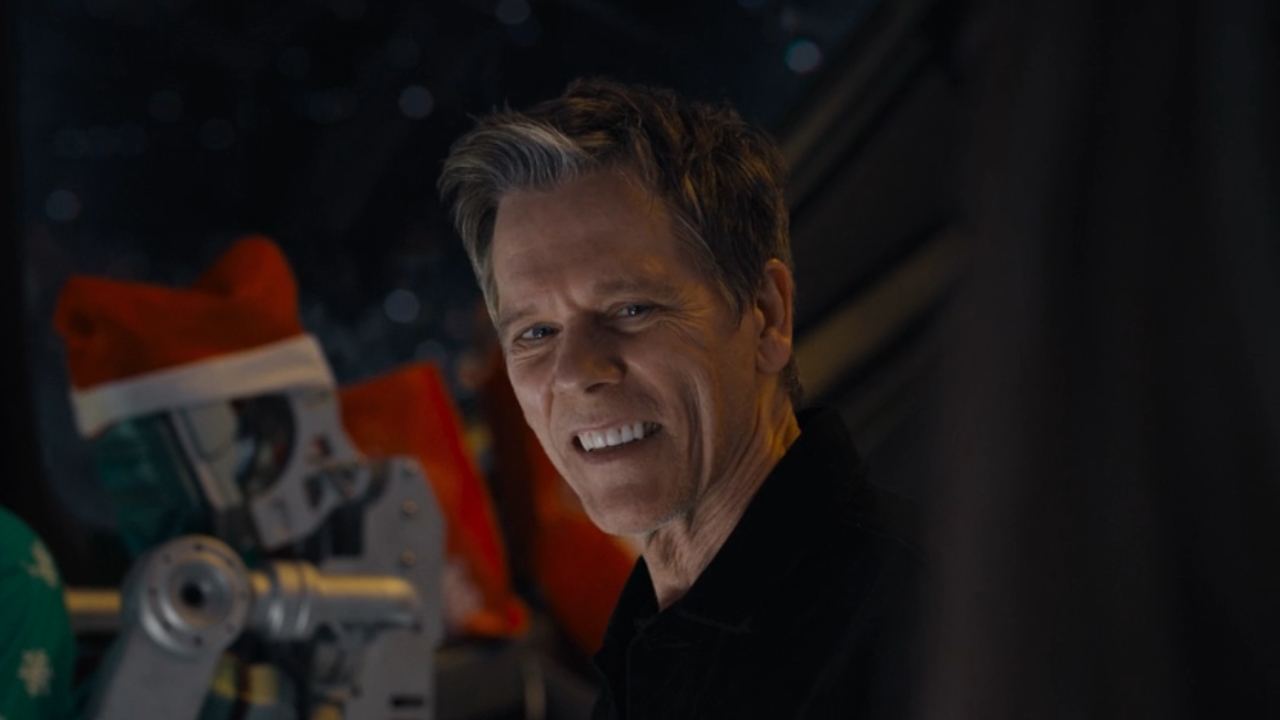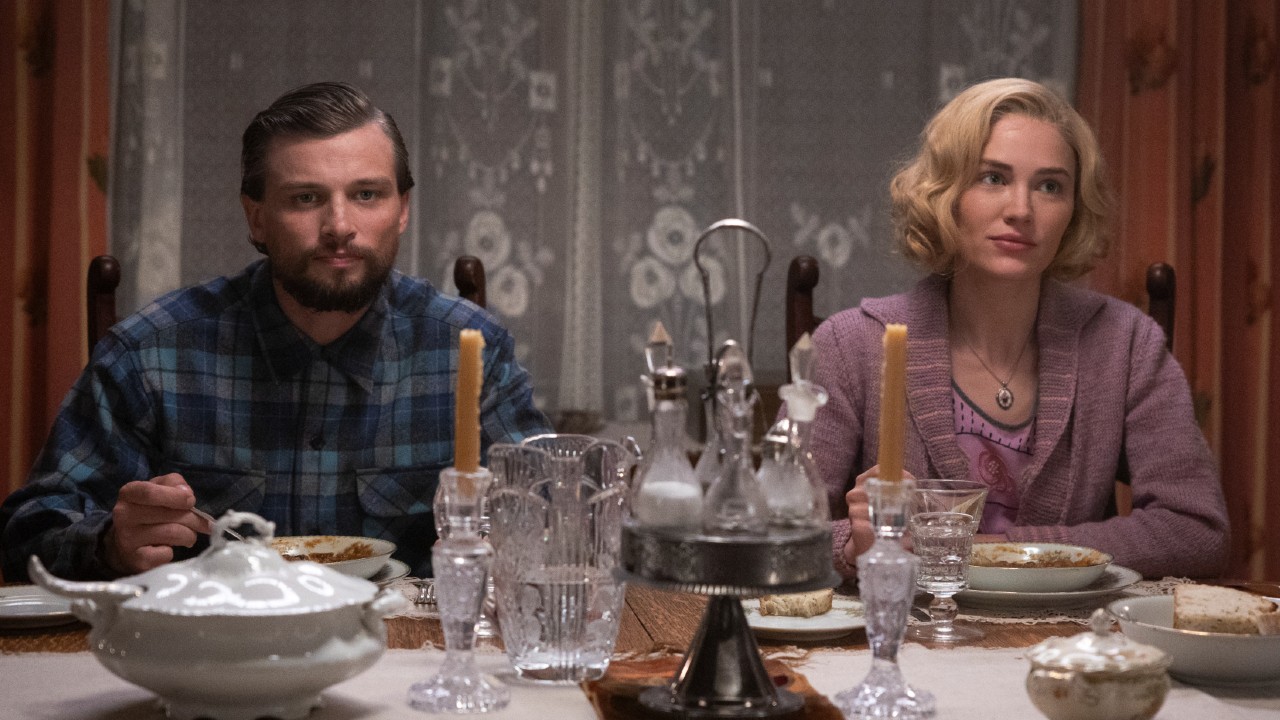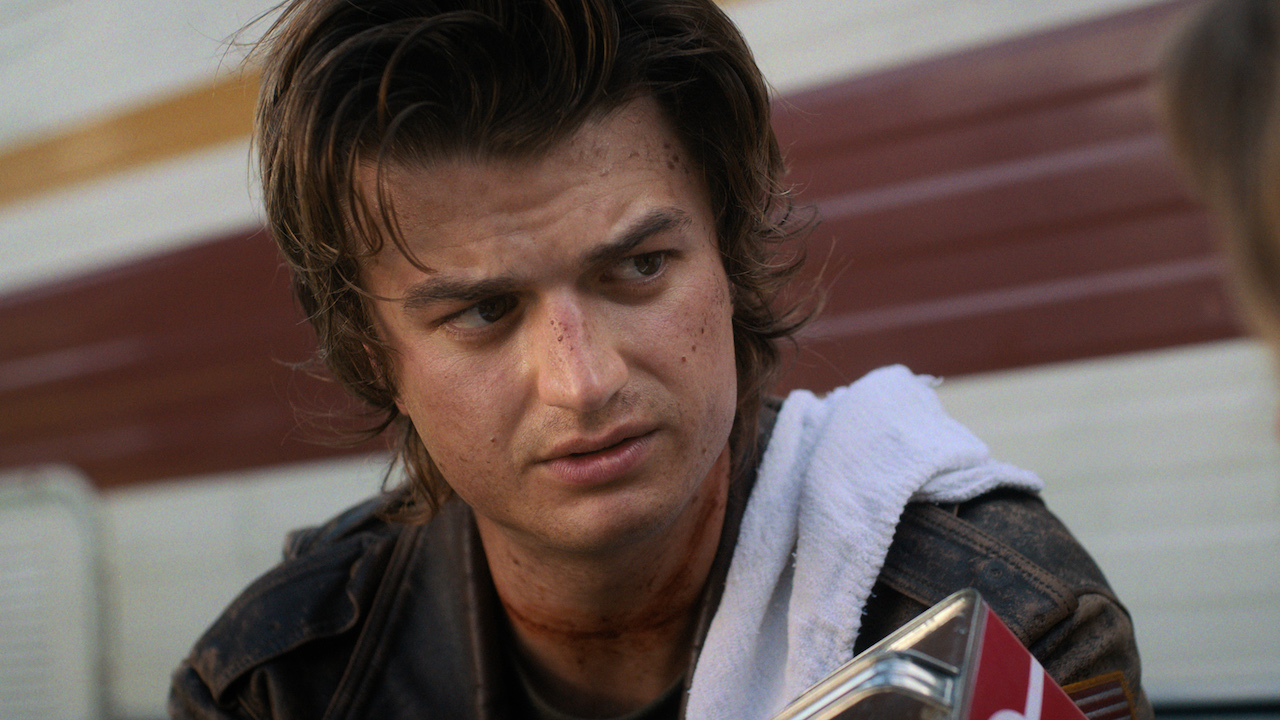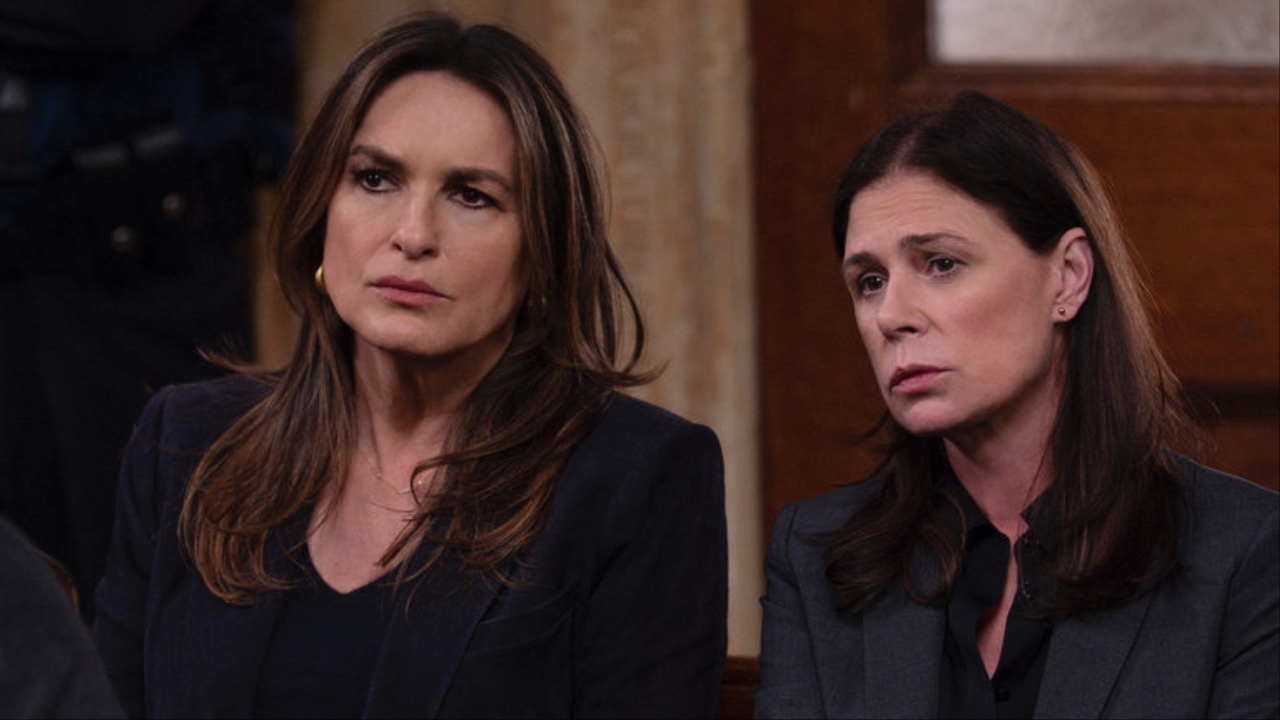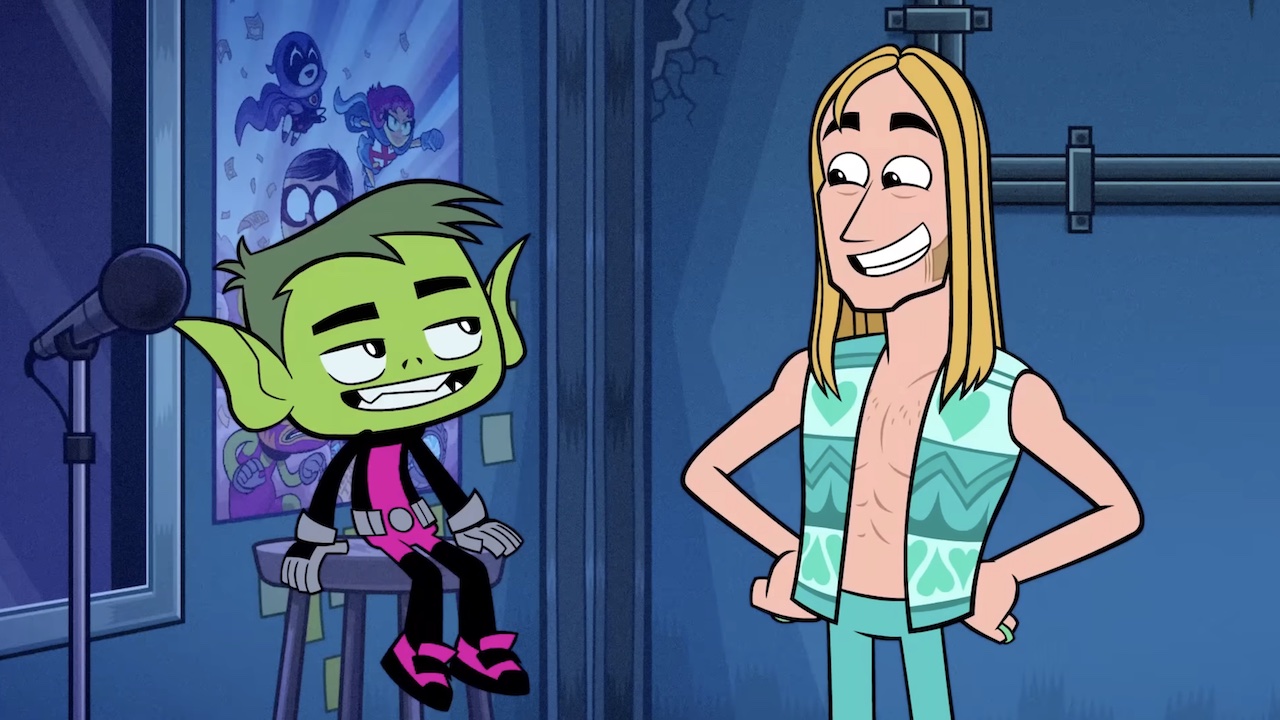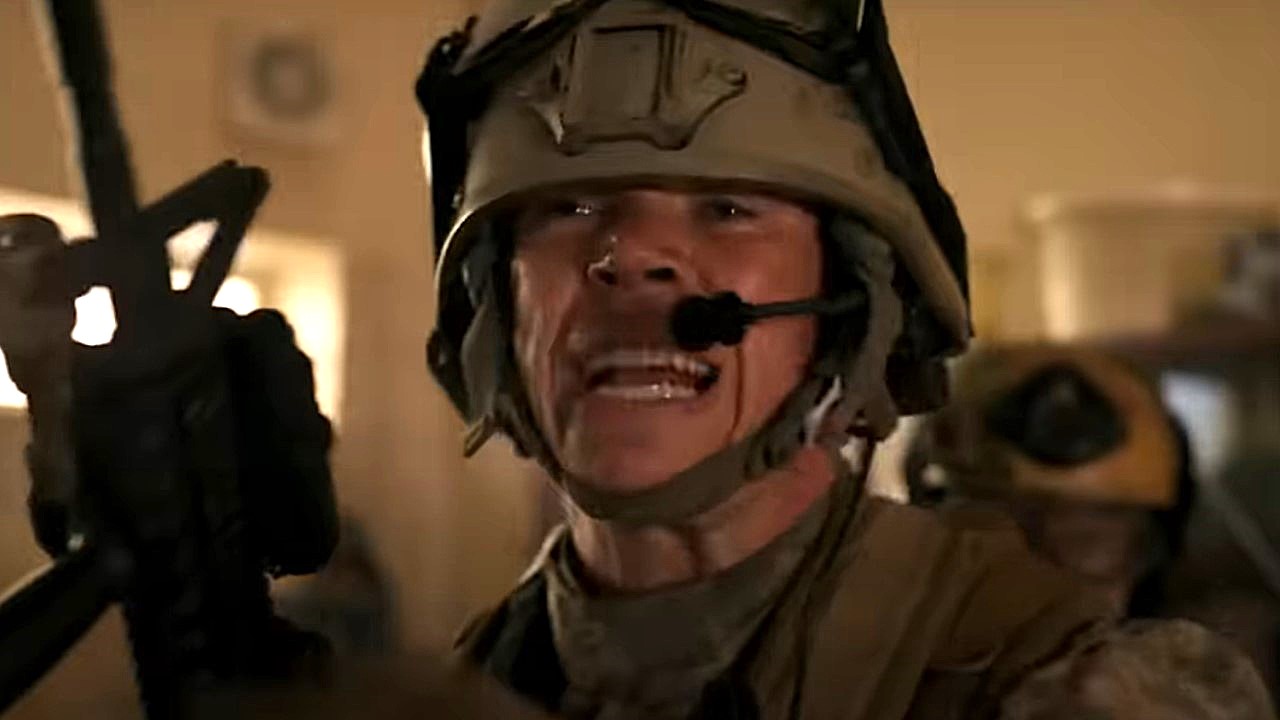What It Was Like For The Young Losers Club To Be De-Aged For IT Chapter Two
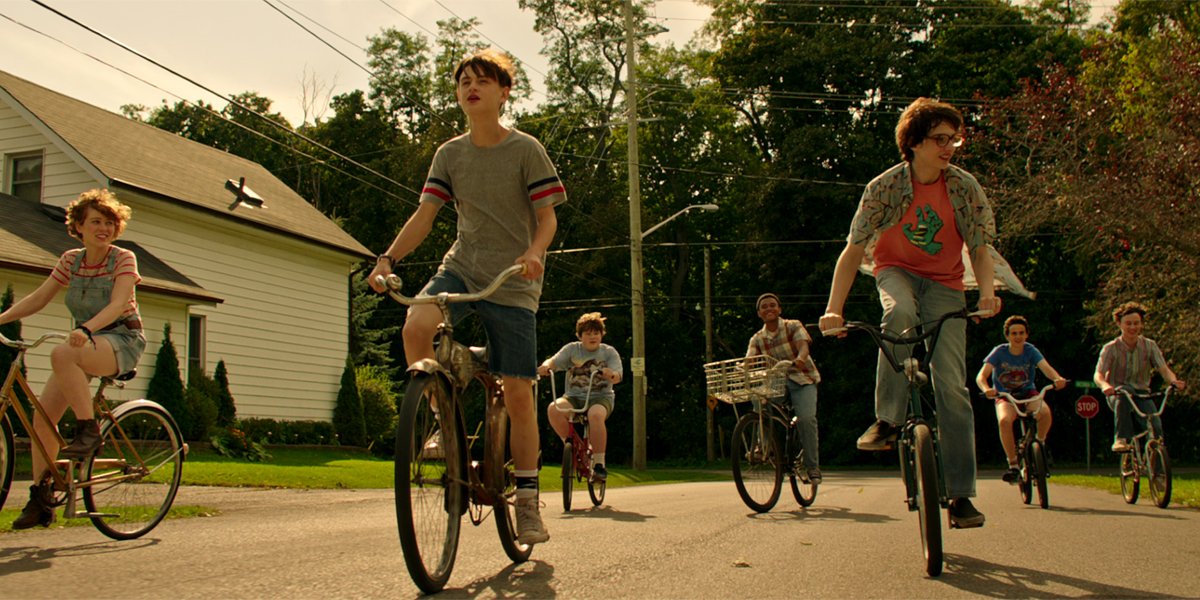
Part of the reason why it’s so challenging to build a franchise around teenage characters is because actors at that age are growing rapidly, and their physical changes clearly stick out from one installment to the next. In this regard, the IT movies are a perfect example. Only about two years passed between the productions of the first and second movie, and yet watching interviews with Jaeden Martell, Finn Wolfhard, Jack Dylan Grazer, Sophia Lillis, Jeremy Ray Taylor, Chosen Jacobs, and Wyatt Oleff you can clearly see that they’ve gotten older.
These days, however, technology is advanced enough to actually do something about this problem, and that’s exactly that route that director Andy Muschietti took in the making of IT Chapter Two. As was reported in early August, it was planned from the beginning of development that de-aging visual effects would be employed to have the younger members of the cast look exactly as they did in the 2017 original. It was an involved part of the production, and something I had the chance to ask the actors about during recent interviews:
Prior to the release of IT Chapter Two, I had the chance to sit down with the younger iterations of the Losers Club members at the Los Angeles press day for the film, and while they were split into two groups for the interviews, I asked them all the same question about the special processes required to ensure visual continuity between the sequel and the original movie. What I learned is that not only was there a pass done to make them physically look younger, but there were even efforts made behind the scenes to make the actors sound younger too.
On the visual effects front, most of the actors had to be individually scanned, which Finn Wolfhard describes as being done with a hair dryer-like device that is swept around their heads. From there they couldn’t really get into the technological side of things, but surely the work then required uploading those scans, comparing them to the kids’ faces from the first IT, morphing the scans to match, and then mapping the results to the footage shot for IT Chapter Two.
Apparently the exception to this, though, was Sophia Lillis. The actor explained that she was told that her performance as Beverly in the sequel required the least amount of extra de-aging work… and you can actually kind of see why when you look at images of the actors from 2017 and now side-by-side:
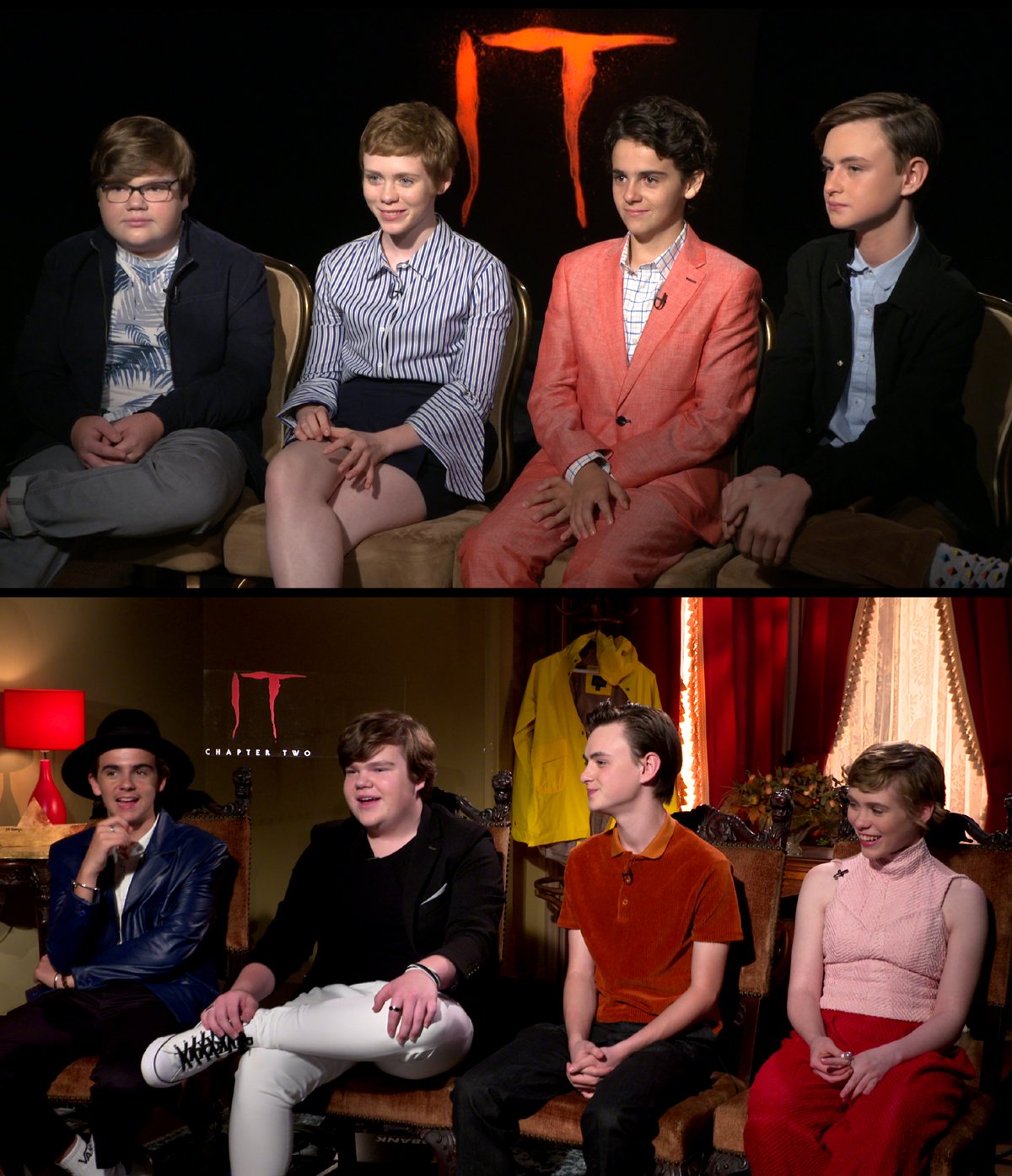
Their voices were a different story – though evidently it too wasn’t part of everyone’s experience. According to Jack Dylan Grazer, he didn’t actually know about the de-aging process until after production, specifically when he went in for Automated Dialog Replacement (ADR) sessions – a standard process where an actor re-records their on-set dialogue in a recording booth for clarity. Weird as it may sound, Grazer was told that there was a possibility that his performance as Eddie in IT Chapter Two would be dubbed by someone who could better match his voice from the previous film. It seems, however, that didn’t end up happening.
At the time of the interview, the IT stars hadn’t actually seen the finished cut of IT Chapter Two yet, so they weren’t exactly aware of what they would see with the completed de-aging effects – but it was definitely something they were anticipating… even while understanding that it would be a bit weird.
CINEMABLEND NEWSLETTER
Your Daily Blend of Entertainment News
Of course, now audiences everywhere can see the finished results for themselves, as IT Chapter Two – co-starring James McAvoy, Jessica Chastain, Bill Hader, Jay Ryan, Andy Bean, Isaiah Mustafa, and James Ransone – is now playing in theaters globally. If you’ve already seen the film, what did you think about the application of de-aging technology to the younger members of the cast? Hit the comments section below with all your thoughts, feelings, and opinions.

Eric Eisenberg is the Assistant Managing Editor at CinemaBlend. After graduating Boston University and earning a bachelor’s degree in journalism, he took a part-time job as a staff writer for CinemaBlend, and after six months was offered the opportunity to move to Los Angeles and take on a newly created West Coast Editor position. Over a decade later, he's continuing to advance his interests and expertise. In addition to conducting filmmaker interviews and contributing to the news and feature content of the site, Eric also oversees the Movie Reviews section, writes the the weekend box office report (published Sundays), and is the site's resident Stephen King expert. He has two King-related columns.
